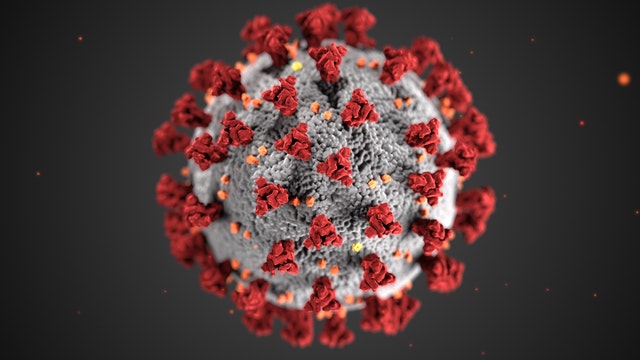To understand the Passive Immunity, First we have to Understand the concept of Immunity. Immunity is the ability of Living Organism to resist any foreign substance which invade the body. It is the mechanism which save the Body from Harmful agents.
mmunity to a disease is achieved through the presence of antibodies to that disease in a person’s system. Antibodies are proteins produced by the body to neutralize or destroy toxins or disease-carrying organisms. Antibodies are disease-specific. For example, measles antibody will protect a person who is exposed to measles disease, but will have no effect if he or she is exposed to mumps.
There are two types of immunity: active and passive.
Active Immunity
Active immunity results when exposure to a disease organism triggers the immune system to produce antibodies to that disease. Exposure to the disease organism can occur through infection with the actual disease (resulting in natural immunity), or introduction of a killed or weakened form of the disease organism through vaccination (vaccine-induced immunity). Either way, if an immune person comes into contact with that disease in the future, their immune system will recognize it and immediately produce the antibodies needed to fight it.
Active immunity is long-lasting, and sometimes life-long.
Passive Immunity
Passive immunity is provided when a person is given antibodies to a disease rather than producing them through his or her own immune system.
A newborn baby acquires passive immunity from its mother through the placenta. A person can also get passive immunity through antibody-containing blood products such as immune globulin, which may be given when immediate protection from a specific disease is needed. This is the major advantage to passive immunity; protection is immediate, whereas active immunity takes time (usually several weeks) to develop.
However, passive immunity lasts only for a few weeks or months. Only active immunity is long-lasting.

Comments
Post a Comment